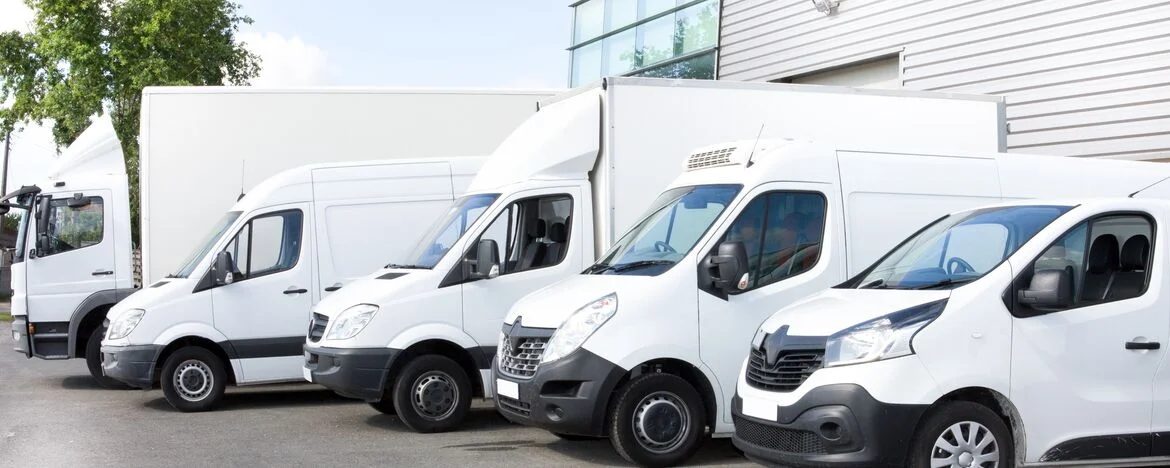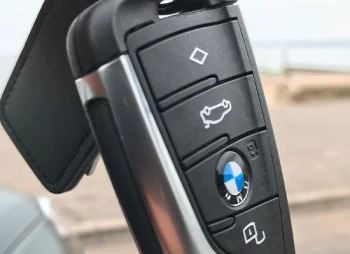Four ways telematics can help your fleets reduce risk
Telematics can offer you complete visibility over your fleet. Capture your fleet drivers’ behaviour and analyse what improvements can be made to your everyday operations
Telematics plays a crucial role in providing insightful data from all areas of your fleet’s performance and should be a key consideration when it comes to fleet management.
A telematics system can be installed within your fleet vehicles to collect data in real time. This data can be analysed and assessed to help your fleet operations run more efficiently.
Whether it be vehicle tracking, improving driver performance, reducing accidents or tackling fleet maintenance, fleet telematics helps you monitor your operation in one place so that you can focus on the more pressing matters in your business.
One of the most valuable perks associated with telematics is its ability to mitigate risk.
But what kind of risks can your commercial fleet face?
- Vehicle collisions and road accidents
- Costly vehicle repairs
- Driver injuries
- Legal liabilities
- Vehicle theft
- Tool and equipment theft
Fleet managers may not readily have the evidence or right data to analyse, to see and mitigate these risks in advance. This is where telematics comes in.
To highlight the above, we’ve come up with four ways telematics solutions can help keep your fleet safe and efficient.






